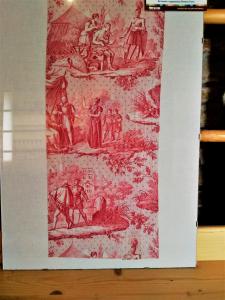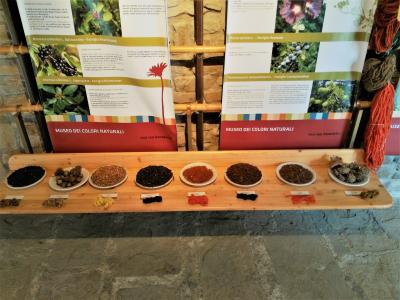Museum of Colors
Primary tabs
Museum of Colors
It is located inside the cloister of the Abbey. Born in the 80s, thanks to the work of Delio Bischi, to whom the museum is now registered. Here we want to show how in ancient times natural colors were obtained, used in textile productions, or even in the paintings of Piero della Francesca.
Many years ago, the area of the upper Metauro was known for its large plantations of dyeing plants, such as the ford (which perhaps derives the name of Sant'Angelo in Vado, since Vado seems to be a ford crippling, which can be the fluvial crossing, or the dyeing plant that was cultivated throughout the province) which is a small yellow flower from which a bright blue tincture is obtained.
Unfortunately, the ford has been lost over time due to the introduction of indigo from the tropics in the seventeenth century, easier to extract and transport, and then definitively the entire supply chain was replaced by synthetic dyes.
The museum can also boast of having a stone mill, ford, very different from those for flour or oil, which had to extract the blue pigment crushing the leaves of this flower.

61040 Borgo pace (PU)




